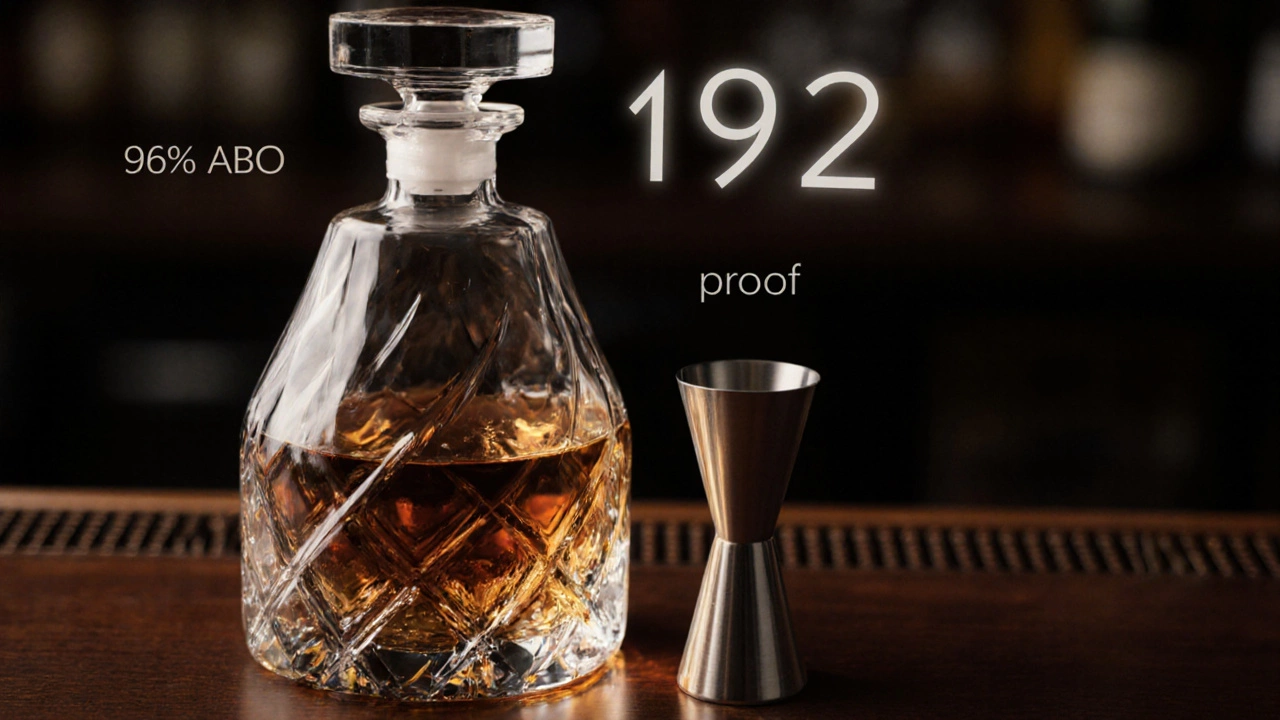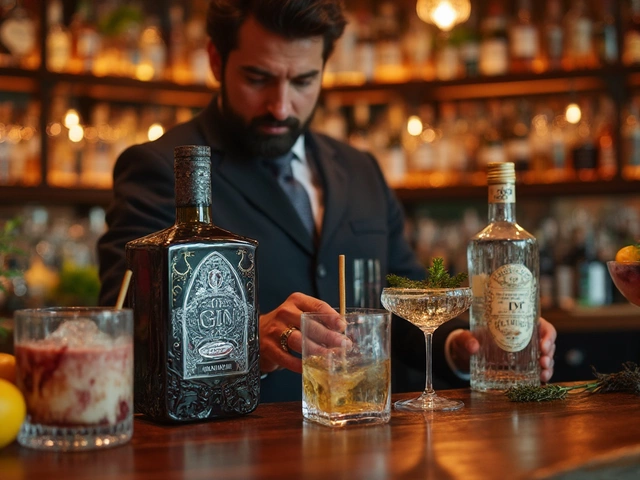ABV – Understanding Alcohol By Volume
When you spot ABV, Alcohol By Volume, the percentage of ethanol in a beverage, tells you how strong a drink is. Also known as alcohol by volume, it’s the go‑to metric for anyone who wants to compare potency. Closely linked is proof, a system that doubles the ABV number in the U.S., which many still use on labels. And of course, alcohol, the ethanol that creates the buzz in every spirit, beer, or wine is the core substance measured. In short, ABV, proof, and alcohol form a trio that lets you gauge drink strength at a glance.
Why ABV matters across different drinks
Every beverage class carries its own typical ABV range. A standard vodka, usually sits around 40% ABV, making it one of the higher‑proof spirits packs a punch, while most lagers hover near 4–5% ABV. beer, covers a broad spectrum from low‑ABV session ales to strong imperial stouts can surprise you with its variability. Even wine, generally lands between 11% and 15% ABV, though fortified styles push it higher. The newest trend, hard seltzer, often sits at about 4.5% ABV, offering a lighter alternative to traditional cocktails. Knowing these typical ranges helps you set expectations before you order, whether you’re at a bar, a restaurant, or buying a bottle.
ABV doesn’t just affect how drunk you feel; it directly influences the calorie count of each drink. Ethanol provides roughly 7 calories per gram, so a higher ABV usually means more calories per ounce. That’s why a 1.5‑oz shot of 40% ABV vodka carries about 97 calories, while the same volume of a 5% ABV beer might only add 30‑40 calories. If you’re watching your intake, comparing ABV gives you a quick shortcut to estimate the energy load without digging into nutrition labels. The rule of thumb: higher ABV equals higher calorie potential, especially when mixers aren’t involved.
Mixers and pairings also hinge on ABV. A high‑ABV spirit like gin or vodka can stand up to strong, bitter tonics, whereas a low‑ABV drink such as a light lager works better with subtle, fruity mixers. When you pair food, the drink’s strength should complement the dish. A bold, 12% ABV red wine pairs nicely with rich red meats, while a crisp 4% ABV white wine frames lighter seafood without overpowering it. Understanding ABV lets you fine‑tune these combos, ensuring the flavors enhance each other rather than clash.
All this data builds a solid foundation for making informed choices. Below you’ll find a curated set of articles that dive deeper into ABV’s role in different drinks, health considerations, pairing tricks, and the latest trends. Whether you’re a casual sipper or a seasoned geek, these pieces will help you decode the numbers on the label and get the most out of every pour.
Discover which liquor holds the highest ABV, how strength is measured, top 5 strongest spirits, safety tips, and myths about ultra‑high‑proof alcohol.
View Details

